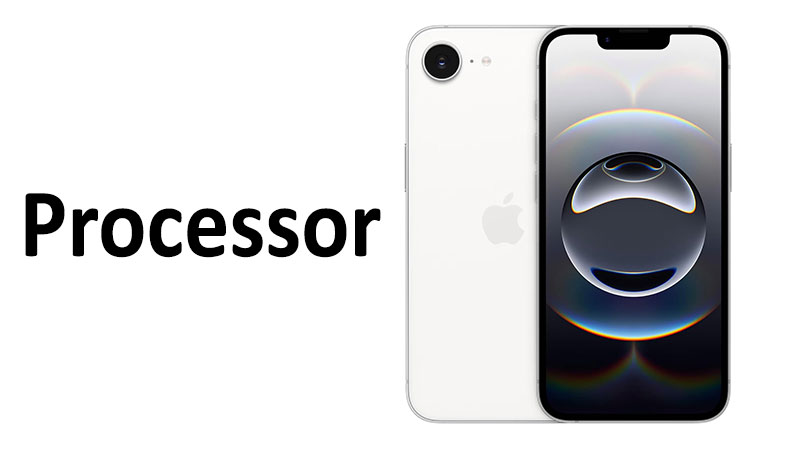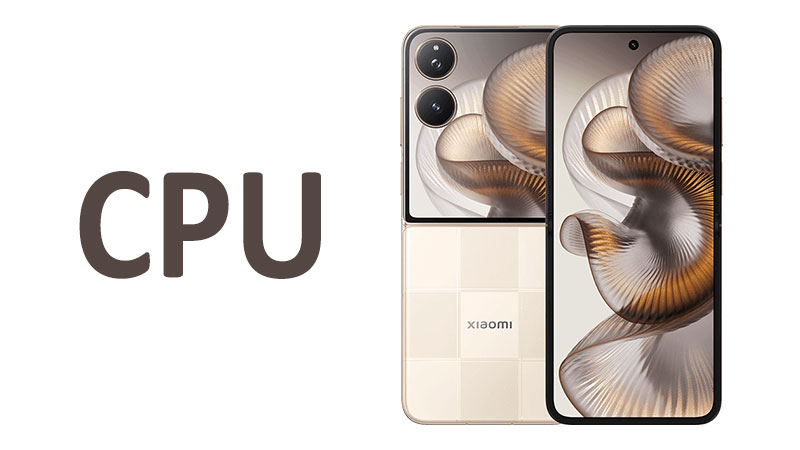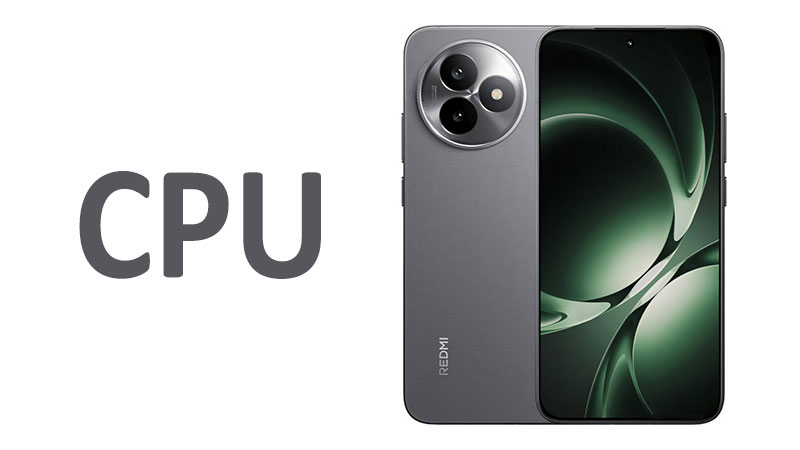The Apple iPhone 16e has been a highly anticipated release. It promises to bring premium features to a more accessible price point. A key component in this strategy is the Apple A18 chip. This powerful new processor is at the heart of the iPhone 16e. It’s designed to deliver incredible speed, efficiency, and a truly next-generation user experience. This review dives deep into the A18 processor’s architecture and performance. We’ll explore how it stacks up against its predecessors and competitors. We’ll also help you understand what this means for your daily use.
The A18 Chip: A Technical Deep Dive
The Apple A18 is a marvel of modern engineering. It’s built on a 3 nm process, which allows for a dense concentration of transistors. This design boosts both performance and power efficiency. The chip features a hexa-core CPU with a unique configuration. It has two high-performance cores clocked at a blazing 4.04 GHz. It also includes four power-efficient cores at 2.20 GHz. This hybrid design ensures demanding tasks run smoothly. It also conserves battery life during lighter use.
The graphics processing unit (GPU) on the iPhone 16e is an Apple GPU with 4-core graphics. While the standard iPhone 16 models have a 5-core GPU, the 16e’s 4-core version is still incredibly capable. It offers excellent performance for gaming, video editing, and augmented reality (AR) applications.
Specialized Comparisons and Performance
The A18 chip on the iPhone 16e holds its own. When compared to the A16 Bionic in the iPhone 15, the A18 offers significant gains. Benchmarks show a substantial increase in both single-core and multi-core performance. This translates to faster app launches and seamless multitasking.
The A18 in the iPhone 16e is slightly different from the A18 in the standard iPhone 16. The iPhone 16e’s version has one less GPU core. While this may seem like a drawback, the performance difference is minimal in everyday tasks. It becomes more noticeable during graphically intense activities like high-end mobile gaming.
The Neural Engine is a standout feature of the A18. It is a 16-core NPU optimized for generative AI models. This powers features like Apple Intelligence. It allows for on-device processing of machine learning tasks. This means faster and more secure AI features. It also enables powerful tools like image editing and text summarization.
Pros and Cons of the iPhone 16e Processor
Pros:
- Exceptional Performance: The A18 chip delivers top-tier speed and responsiveness. It handles everything from casual browsing to intensive applications with ease.
- Next-Generation AI Capabilities: The advanced Neural Engine is a game-changer. It makes Apple Intelligence features fast and reliable.
- Superior Power Efficiency: The 3 nm process ensures the chip is highly efficient. This results in outstanding battery life, even with heavy use. The iPhone 16e can last for a long time on a single charge.
- Future-Proofing: The A18 chip is a significant upgrade. It guarantees that the iPhone 16e will support new iOS features and applications for years to come.
Cons:
- Slightly Reduced Graphics Performance: The 4-core GPU is a minor compromise. It’s one core fewer than the iPhone 16’s GPU.
- No Pro-Level Features: The A18 in the 16e lacks some of the advanced features of the A18 Pro. This includes support for faster USB 3 speeds and an even more powerful GPU.
What Buyers and Readers Should Know
The Apple iPhone 16e processor is a huge selling point. It’s a key reason to choose this phone. The phone’s hardware is designed to deliver a premium experience at a lower cost. A buyer should know that they are getting a top-of-the-line processor. It is not a watered-down version of the A18.
The lack of a 5th GPU core or USB 3 support is a minor trade-off. It’s what allows for the more affordable price. For the vast majority of users, this won’t impact their daily experience. The performance is still leagues ahead of older models. This includes the iPhone SE. The iPhone 16e is a fantastic value proposition.
Conclusion
The Apple iPhone 16e is a major step forward for Apple’s entry-level lineup. Its core, the Apple A18 chip, provides exceptional speed and efficiency. The hexa-core CPU and 4-core GPU work together to deliver a fluid experience. This is true whether you’re gaming, multitasking, or using the latest AI features. The A18’s Neural Engine makes it a true powerhouse for machine learning tasks.
While it has a few minor differences from the standard iPhone 16’s A18, these compromises are well worth it. The phone’s performance is on par with much more expensive devices. The iPhone 16e is an incredible blend of power, efficiency, and affordability. It’s the perfect choice for anyone looking for a powerful and long-lasting smartphone.
FAQ
How does the iPhone 16e’s A18 chip compare to the A17 Pro?
The iPhone 16e’s A18 chip is an evolution of the A16 Bionic. It provides significant performance gains over the A16. The A17 Pro, found in the iPhone 15 Pro, has a more advanced GPU and other professional features.
Does the iPhone 16e support Apple Intelligence features?
Yes, the iPhone 16e’s A18 chip is fully equipped to handle Apple Intelligence features. Its powerful 16-core Neural Engine is specifically designed for these tasks.
Is the A18 chip in the iPhone 16e the same as the one in the iPhone 16?
The A18 chip in the iPhone 16e has a 4-core GPU. The A18 chip in the iPhone 16 has a 5-core GPU. This is the main difference.
Will the iPhone 16e be able to handle modern mobile games?
Absolutely. The A18’s 4-core GPU is more than capable of running any modern game. You can play with high graphics settings.
What makes the A18 more power efficient?
The A18 chip is built on a 3 nm manufacturing process. This allows for a more compact and efficient design. It requires less power to operate at high speeds.



